Instruction
Preventing Low Back Pain: A Golfer’s Guide
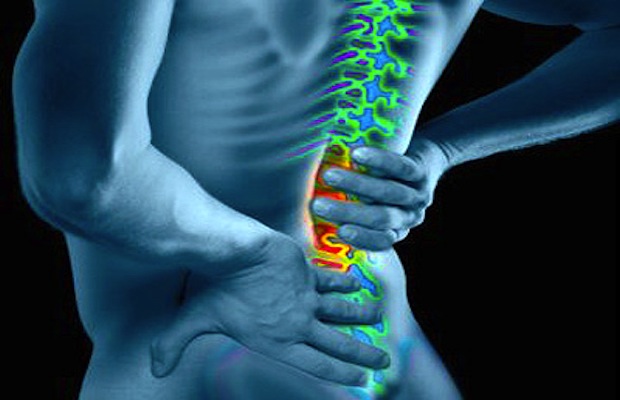
Whether you’re a once-a-month golfer or one who hits balls every day, there is a good chance you’ve experienced some kind of discomfort in your low back as a result of swinging a club.
A host of tour players including Brandt Snedeker, Rickie Fowler and Tiger Woods have complained of back pain this season, even missing tournament play because of it. Indeed, research has consistently identified low back injuries as the most common injury affecting golfers. The exact cause of this pain is a hotly debated topic, however, most seem to agree that the rapid and intense shear, rotational and lateral forces placed on the lumbar spine (low back) as a result of the golf swing are in some way responsible.
My personal experience (backed by research I would like to add. After all, proper academic study results are much better than just taking my word for it!) points to several likely causes of lower back pain in golfers, and that appropriate intervention can successfully prevent and alleviate lower back pain. With that said let’s crack on to the bit you probably skipped to and look at some strategies and interventions to prevent low back pain:
Address Swing Faults and Characteristics
Studies seem to agree that faulty movement patterns and type of swing utilised have a great affect on the propensity to experience low back pain. Any swing fault involves excessive flexion, lateral flexion (a fancy way of saying side bending), or extension of the lumbar spine will increase the likelihood of low back pain. A “reverse C” address posture or follow through (think Monty’s swing for a pretty good dictionary definition of this) or reverse spine angle are the biggest candidates in my experience. Reverse spine angles in particular have been associated with low back pain associated with low back pain by researchers.
Interestingly, the “classic” swing (think Jack Nicklaus or Sam Snead where the lead heel comes off the floor in the backswing and hip turn is much more pronounced) has been demonstrated to be easier in terms of forces on the low back than the modern golf swing in which the lead heel stays flat and a big “x factor” is developed with a small hip turn and a huge shoulder turn.
Develop a Strong Core
Glute and ab strength helps stabilize the body and alleviate some of the pressure on the low back. The same study mentioned above showed that pro golfers not reporting low back pain demonstrated significantly greater abdominal muscle activation than those that did. Essentially, if you have weak abs and glutes, the low back is called upon to support the upper torso and supply stability in the golf swing. That’s not good.
The other issue concerning glute and ab strength is that of unilateral imbalances, with one side being stronger than the other. Several studies have identified muscle imbalances and asymmetry in glute strength as a probable cause of low back pain. A simple way to test unilateral glute strength is to complete a supine single leg bridge test.
Lying with your back on the floor, bend your knees so you can place your feet flat on the floor and fire your glutes and hamstrings to lift your butt off the floor, locking your hips out, so your body forms a straight line in a glute bridge position. From here the left leg off the floor. Hold this position for 10 seconds.
- Notice if the pelvis starts to drop, or the right leg starts to shake on either side.
- Do the hamstrings or lower back start to cramp?
If these things happen, you likely have a strength issue with your glutes or they are inhibited. If the results are significantly different when you repeat the test holding your right leg in the air then you likely have a unilateral strength imbalance.
Strive for Neutral Posture
Studies have reported that golfers exhibiting low back pain tended to flex their spines more when addressing the ball. However, it’s not just your golf posture you need to watch. In your daily postural habits too, you should strive to keep neutral pelvic alignment. Anterior pelvic tilt (forward tilting pelvic position) in particular has been associated with low back pain, as the tilt of the pelvis lengthens the hamstrings, affecting hamstring and glute function and requiring the low back to do much more work in providing strength and stability to make up for these inhibited muscles. Essentially you’re forcing your low back to do more work under more load, a recipe for pain and injury sooner or later.
Improve T-spine Mobility
Your lumbar spine can withstand some degree of extension and rotation, but not nearly as much as the thoracic spine is designed to achieve. Unfortunately, the fact is most people significantly lack adequate T-spine mobility to achieve proper rotation in the golf swing and therefore must make up for this by finding mobility elsewhere – i.e the lumbar spine which is, as I said, not designed to achieve a great deal of rotation. Not conducive to low back health!
Improving mid back (t-spine) mobility can alleviate any unnecessary torque on the low back. A 2002 study of professional golfers found that those presenting low back pain exhibited significantly more lateral bending and less trunk rotation in the backswing, while those who did not exhibit pain demonstrated more than twice as much trunk rotation. Give mobility drills such as the one below a go to improve yours:
[youtube id=”a3nPgxJKMPE” width=”620″ height=”360″]
Improve Hip Mobility
A case study of a pro golfer with low back pain has demonstrated an increase in hip turn in the swing resulted in a reduction of low back pain. Another study found correlation between decreased lead hip rotation and low back pain.
Simply put, just as with improving t-spine mobility, greater hip mobility can help reduce forces on the low back during the swing. Why not give this hip mobility drill a try to improve yours? Just remember to keep the low back flat to the floor to stop it becoming a low back stretch (you’ll find out why very shortly):
[youtube id=”40_I_69Gvl0″ width=”620″ height=”360″]
Stop Stretching!
For years golfers in particular have been recommended exercises like hip crossovers and scorpions to “warm-up” the low back, when in reality, as I said, the lumbar spine is not designed for much movement at all. I would argue that most golfers should be avoiding exercises that excessively rotate the lumbar spine as this is really just feeding into the problems causing low back pain. Instead, they should focus on developing motion at the hips and thoracic spine. Don’t just take my word for it, check out this article by legendary athletic coach Mike Boyle, then do another set or two of the hip mobility and t-spine mobility exercises in the videos above.
The truth is that good motion in golf comes from turning the hips and shoulders, not from rotating the lumbar spine. The bottom line is bad, injured, golfers turn at the low back, good golfers turn at the hips and shoulders.
Instruction
The Wedge Guy: Beating the yips into submission

There may be no more painful affliction in golf than the “yips” – those uncontrollable and maddening little nervous twitches that prevent you from making a decent stroke on short putts. If you’ve never had them, consider yourself very fortunate (or possibly just very young). But I can assure you that when your most treacherous and feared golf shot is not the 195 yard approach over water with a quartering headwind…not the extra tight fairway with water left and sand right…not the soft bunker shot to a downhill pin with water on the other side…No, when your most feared shot is the remaining 2- 4-foot putt after hitting a great approach, recovery or lag putt, it makes the game almost painful.
And I’ve been fighting the yips (again) for a while now. It’s a recurring nightmare that has haunted me most of my adult life. I even had the yips when I was in my 20s, but I’ve beat them into submission off and on most of my adult life. But just recently, that nasty virus came to life once again. My lag putting has been very good, but when I get over one of those “you should make this” length putts, the entire nervous system seems to go haywire. I make great practice strokes, and then the most pitiful short-stroke or jab at the ball you can imagine. Sheesh.
But I’m a traditionalist, and do not look toward the long putter, belly putter, cross-hand, claw or other variation as the solution. My approach is to beat those damn yips into submission some other way. Here’s what I’m doing that is working pretty well, and I offer it to all of you who might have a similar affliction on the greens.
When you are over a short putt, forget the practice strokes…you want your natural eye-hand coordination to be unhindered by mechanics. Address your putt and take a good look at the hole, and back to the putter to ensure good alignment. Lighten your right hand grip on the putter and make sure that only the fingertips are in contact with the grip, to prevent you from getting to tight.
Then, take a long, long look at the hole to fill your entire mind and senses with the target. When you bring your head/eyes back to the ball, try to make a smooth, immediate move right into your backstroke — not even a second pause — and then let your hands and putter track right back together right back to where you were looking — the HOLE! Seeing the putter make contact with the ball, preferably even the forward edge of the ball – the side near the hole.
For me, this is working, but I am asking all of you to chime in with your own “home remedies” for the most aggravating and senseless of all golf maladies. It never hurts to have more to fall back on!
Instruction
Looking for a good golf instructor? Use this checklist

Over the last couple of decades, golf has become much more science-based. We measure swing speed, smash factor, angle of attack, strokes gained, and many other metrics that can really help golfers improve. But I often wonder if the advancement of golf’s “hard” sciences comes at the expense of the “soft” sciences.
Take, for example, golf instruction. Good golf instruction requires understanding swing mechanics and ball flight. But let’s take that as a given for PGA instructors. The other factors that make an instructor effective can be evaluated by social science, rather than launch monitors.
If you are a recreational golfer looking for a golf instructor, here are my top three points to consider.
1. Cultural mindset
What is “cultural mindset? To social scientists, it means whether a culture of genius or a culture of learning exists. In a golf instruction context, that may mean whether the teacher communicates a message that golf ability is something innate (you either have it or you don’t), or whether golf ability is something that can be learned. You want the latter!
It may sound obvious to suggest that you find a golf instructor who thinks you can improve, but my research suggests that it isn’t a given. In a large sample study of golf instructors, I found that when it came to recreational golfers, there was a wide range of belief systems. Some instructors strongly believed recreational golfers could improve through lessons. while others strongly believed they could not. And those beliefs manifested in the instructor’s feedback given to a student and the culture created for players.
2. Coping and self-modeling can beat role-modeling
Swing analysis technology is often preloaded with swings of PGA and LPGA Tour players. The swings of elite players are intended to be used for comparative purposes with golfers taking lessons. What social science tells us is that for novice and non-expert golfers, comparing swings to tour professionals can have the opposite effect of that intended. If you fit into the novice or non-expert category of golfer, you will learn more and be more motivated to change if you see yourself making a ‘better’ swing (self-modeling) or seeing your swing compared to a similar other (a coping model). Stay away from instructors who want to compare your swing with that of a tour player.
3. Learning theory basics
It is not a sexy selling point, but learning is a process, and that process is incremental – particularly for recreational adult players. Social science helps us understand this element of golf instruction. A good instructor will take learning slowly. He or she will give you just about enough information that challenges you, but is still manageable. The artful instructor will take time to decide what that one or two learning points are before jumping in to make full-scale swing changes. If the instructor moves too fast, you will probably leave the lesson with an arm’s length of swing thoughts and not really know which to focus on.
As an instructor, I develop a priority list of changes I want to make in a player’s technique. We then patiently and gradually work through that list. Beware of instructors who give you more than you can chew.
So if you are in the market for golf instruction, I encourage you to look beyond the X’s and O’s to find the right match!
Instruction
What Lottie Woad’s stunning debut win teaches every golfer

Most pros take months, even years, to win their first tournament. Lottie Woad needed exactly four days.
The 21-year-old from Surrey shot 21-under 267 at Dundonald Links to win the ISPS Handa Women’s Scottish Open by three shots — in her very first event as a professional. She’s only the third player in LPGA history to accomplish this feat, joining Rose Zhang (2023) and Beverly Hanson (1951).
But here’s what caught my attention as a coach: Woad didn’t win through miraculous putting or bombing 300-yard drives. She won through relentless precision and unshakeable composure. After watching her performance unfold, I’m convinced every golfer — from weekend warriors to scratch players — can steal pages from her playbook.
Precision Beats Power (And It’s Not Even Close)
Forget the driving contests. Woad proved that finding greens matters more than finding distance.
What Woad did:
• Hit it straight, hit it solid, give yourself chances
• Aimed for the fat parts of greens instead of chasing pins
• Let her putting do the talking after hitting safe targets
• As she said, “Everyone was chasing me today, and managed to maintain the lead and played really nicely down the stretch and hit a lot of good shots”
Why most golfers mess this up:
• They see a pin tucked behind a bunker and grab one more club to “go right at it”
• Distance becomes more important than accuracy
• They try to be heroic instead of smart
ACTION ITEM: For your next 10 rounds, aim for the center of every green regardless of pin position. Track your greens in regulation and watch your scores drop before your swing changes.
The Putter That Stayed Cool Under Fire
Woad started the final round two shots clear and immediately applied pressure with birdies at the 2nd and 3rd holes. When South Korea’s Hyo Joo Kim mounted a charge and reached 20-under with a birdie at the 14th, Woad didn’t panic.
How she responded to pressure:
• Fired back with consecutive birdies at the 13th and 14th
• Watched Kim stumble with back-to-back bogeys
• Capped it with her fifth birdie of the day at the par-5 18th
• Stayed patient when others pressed, pressed when others cracked
What amateurs do wrong:
• Get conservative when they should be aggressive
• Try to force magic when steady play would win
• Panic when someone else makes a move
ACTION ITEM: Practice your 3-6 foot putts for 15 minutes after every range session. Woad’s putting wasn’t spectacular—it was reliable. Make the putts you should make.
Course Management 101: Play Your Game, Not the Course’s Game
Woad admitted she couldn’t see many scoreboards during the final round, but it didn’t matter. She stuck to her game plan regardless of what others were doing.
Her mental approach:
• Focused on her process, not the competition
• Drew on past pressure situations (Augusta National Women’s Amateur win)
• As she said, “That was the biggest tournament I played in at the time and was kind of my big win. So definitely felt the pressure of it more there, and I felt like all those experiences helped me with this”
Her physical execution:
• 270-yard drives (nothing flashy)
• Methodical iron play
• Steady putting
• Everything effective, nothing spectacular
ACTION ITEM: Create a yardage book for your home course. Know your distances to every pin, every hazard, every landing area. Stick to your plan no matter what your playing partners are doing.
Mental Toughness Isn’t Born, It’s Built
The most impressive part of Woad’s win? She genuinely didn’t expect it: “I definitely wasn’t expecting to win my first event as a pro, but I knew I was playing well, and I was hoping to contend.”
Her winning mindset:
• Didn’t put winning pressure on herself
• Focused on playing well and contending
• Made winning a byproduct of a good process
• Built confidence through recent experiences:
- Won the Women’s Irish Open as an amateur
- Missed a playoff by one shot at the Evian Championship
- Each experience prepared her for the next
What this means for you:
• Stop trying to shoot career rounds every time you tee up
• Focus on executing your pre-shot routine
• Commit to every shot
• Stay present in the moment
ACTION ITEM: Before each round, set process goals instead of score goals. Example: “I will take three practice swings before every shot” or “I will pick a specific target for every shot.” Let your score be the result, not the focus.
The Real Lesson
Woad collected $300,000 for her first professional victory, but the real prize was proving that fundamentals still work at golf’s highest level. She didn’t reinvent the game — she simply executed the basics better than everyone else that week.
The fundamentals that won:
• Hit more fairways
• Find more greens
• Make the putts you should make
• Stay patient under pressure
That’s something every golfer can do, regardless of handicap. Lottie Woad just showed us it’s still the winning formula.
FINAL ACTION ITEM: Pick one of the four action items above and commit to it for the next month. Master one fundamental before moving to the next. That’s how champions are built.
PGA Professional Brendon Elliott is an award-winning coach and golf writer. You can check out his writing work and learn more about him by visiting BEAGOLFER.golf and OneMoreRollGolf.com. Also, check out “The Starter” on RG.org each Monday.
Editor’s note: Brendon shares his nearly 30 years of experience in the game with GolfWRX readers through his ongoing tip series. He looks forward to providing valuable insights and advice to help golfers improve their game. Stay tuned for more Tips!



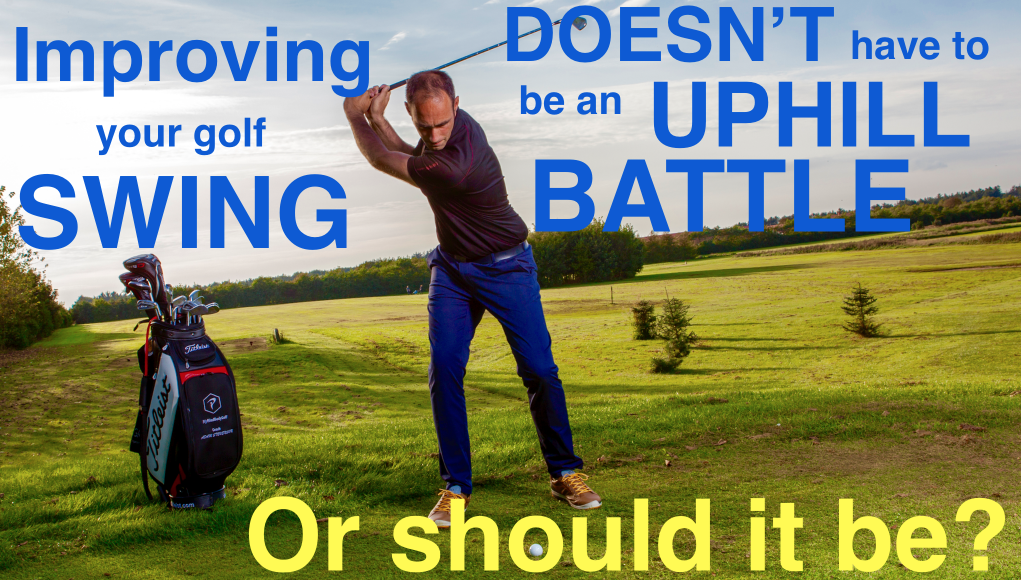
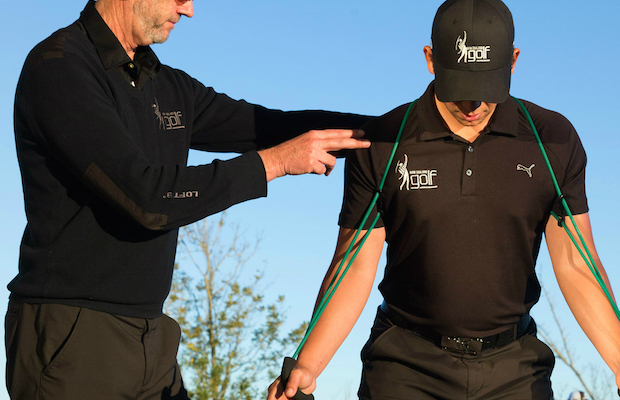
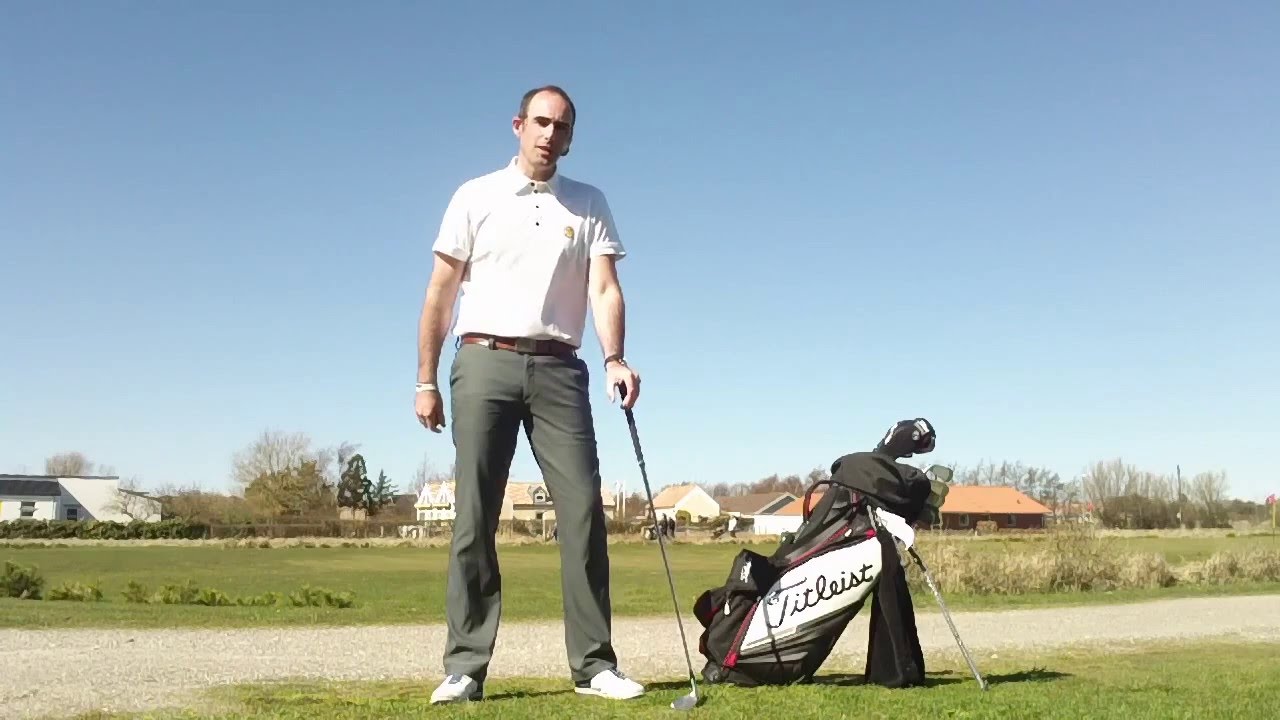
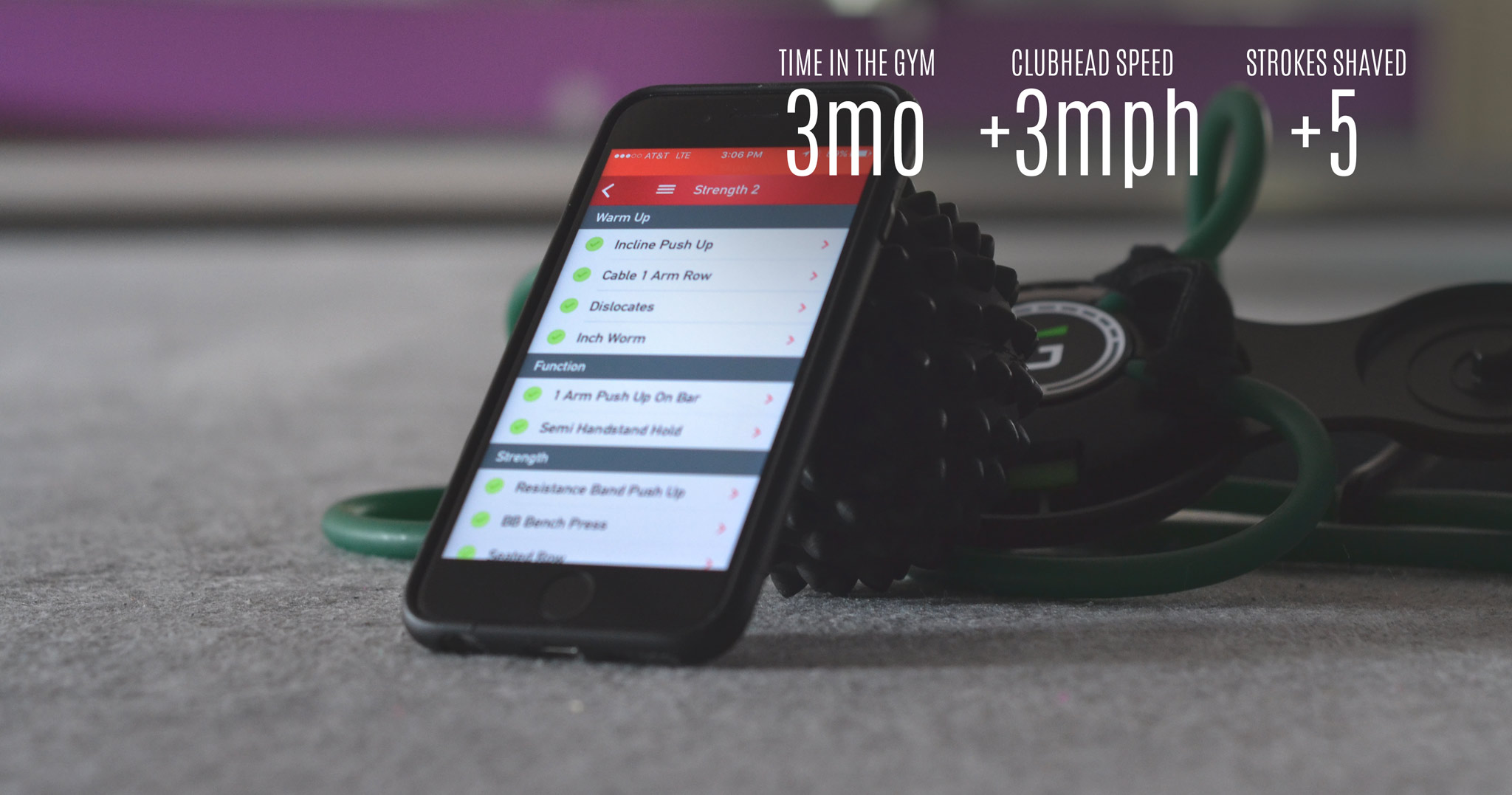
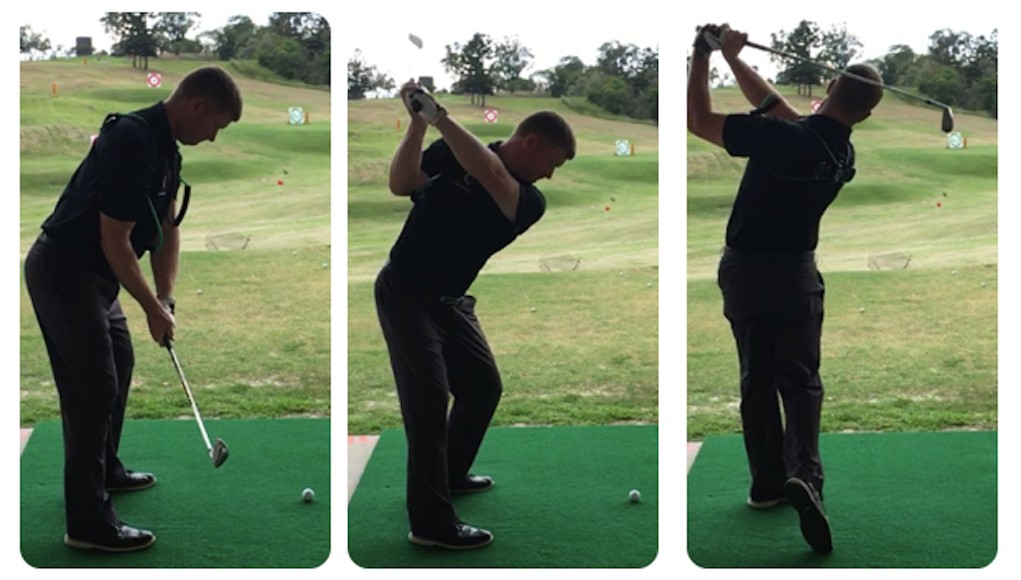
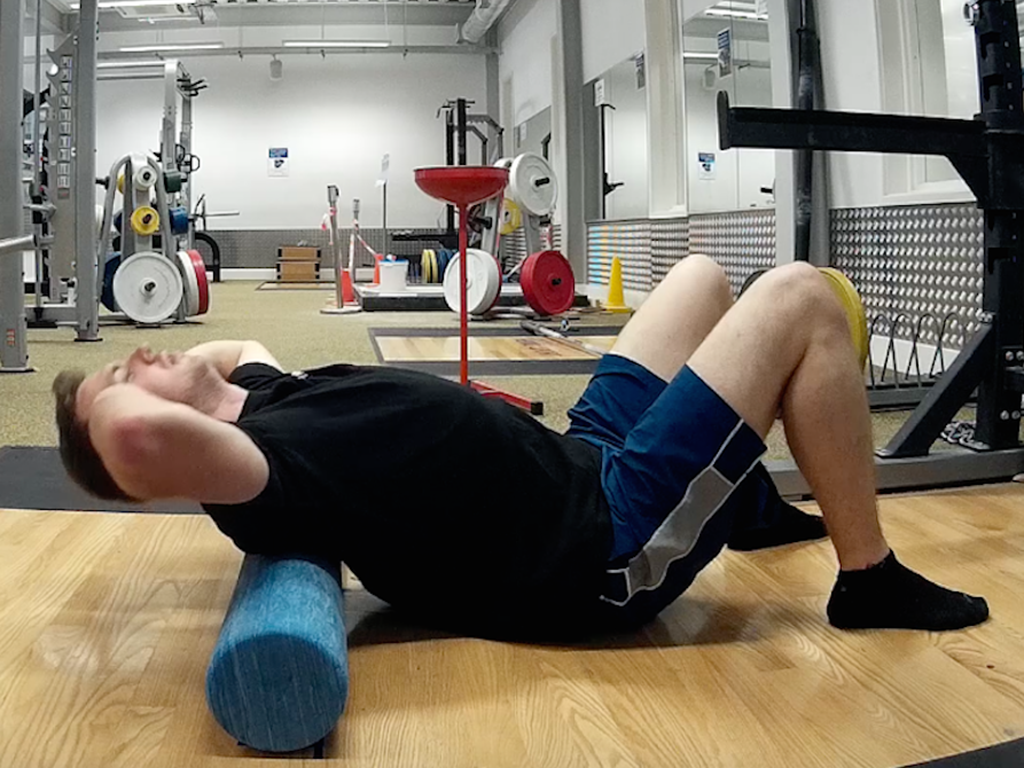








Pingback: Preventing Low Back Pain: A Golfer’s Guide - Spinesurgery-Pain-Usa
Pingback: A Golfers Guide to Preventing Low Back Pain | Stronger Golf
Bob Jones
Jul 21, 2014 at 1:11 pm
Nick, very good article. I had two spine surgeries in 2012, causing me to change everything about how I play golf. Here are a few thoughts, based on physical therapy and extensive research in the medical literature on the issue of lower back pain and golf.
To save your lower back, you must minimize the angle between your hips and shoulders on your backswing. Maximizing the “X factor” is very hard on the lower back. Let the left heel come off the ground, like you said, and let the hips turn.
The most damaging combination of movement in golf is lateral bending (side to side leaning) combined with compression (gravity pulling down along the spinal column). You can’t play golf and avoid this combination, but a swing with a high X factor accentuates it.
I now swing the golf club with my hands. The body responds to what the hands do. The result is a shorter backswing, and less of a power move through the ball with my body. Those two things take a lot of stress off the lower back. I don’t hit the ball as far as I used to, so I moved up one set of tees. This swing provides much more accuracy, so I’m shooting lower scores.
I have also slowed down my swing by quite a bit, which decreases distance, but which leads to centered contact, getting that lost yardage right back.
The reason why, in the two videos, the demonstrator performs the two exercises with his spine in a horizontal position, is that the spine can thus be rotated without being compressed at the same time. Very important.
Back strengthening exercises are important, too. One I do, and see everywhere, is to get on all fours. Stick your left arm straight out in front of you, parallel to the ground, and do the same with your right leg straight behind you. Hold for five seconds, and switch to right arm/left leg. Repeat ten times. You might thave to do fewer reps starting out.
Nick Buchan
Jul 22, 2014 at 12:54 pm
Thanks Bob. Completely agree that a swing with a higher x factor is often more demanding on the lower back, however it has not been my experience that a loss of turn must be the result, simply that that turn most come from other places. Additionally as I said in the article it has been my experience that working on t-spine and hip mobility should allow the amount of turn to be maintained without the pain and shoulder turn should not need to be reduced as has been suggested by many comments on this article. I also agree that back strengthening exercises are important, birdogs however, the exercise you are describing, is more of a movement patterning and core exercise with an element of scapular control and stability. A great exercise for those with back pain definitely, although some true strengthening exercises for the back such as face pulls, cable rows and chest supported rows should also be included too.
joro
Jul 21, 2014 at 11:14 am
The quest for distance is the culprit, whether you are Tiger or Joe Hacker, or anything in between. Every as tells you to buy my club and be longer, so we swing harder. This puts tremendous pressure on the back. I broke my back in 2 places in an accident several years ago and as an avid Golfer played for a while in pain, until I broke it down to find out why it hurt so much.
Simple, I was swinging at the Ball rather than through it. It w as then I realized the answer was to turn with the club, drop the club, and hit through the ball. I was a PGA Teacher and started getting my students with bad backs to do the same, turn back, drop the club and turn through and the speed will happen with a good turn through finish. It is not Rocket Science.
You will get good distance, a better contact, and be more accurate. Sure, we hit hard at it and every once in a while but most of the time we flub it. But, as we are, we only remember the good one and not the rest of them. I am selling nothing, just saying what the real cause of back pain is, take it or leave it, but you will hit it better by turn back, swing with arms and never the hips, and hit through the ball to a good finish and by slowing it down from a flash to a roar you will have plenty of speed and make a solid hit.
Swing hard and hurt. swing smooth and enjoy.
joro
Jul 21, 2014 at 11:03 am
This is too simple. The problem with Golfers is because we are told it is all about distance we swing way too hard at the ball and not through the ball. I am both a teacher and have a bad back, the result of a Motorcycle crash. I lived and played in pain for a short time until I figured out it is the downswing that is the culprit. I started turning with the club and not pulling the club down but letting it drop and hitting through the ball.
I teach that to Golfers with bad backs and when they realize they can do it without pain they are shocked. These Pros are no different with their high speed swings. They are the ones with the real bad backs while the slower, shorter hitters are going along with no back pain. Sure, excercise helps also, but the fast swing is the real culprit.
Slow it down, you will hit it more solid, probably be longer and without pain. Turn back, turn through, and swing the arms, not the hips. This jamming the hips is wrong and puts more pressure on the body.
RD Thompson
Jul 21, 2014 at 2:21 pm
Joro.. I am in same condition as you and searching for a more relaxed swing that doesn’t impact the spine. When you mention turn back.. just about how far back? I, as you know the further back the longer the shot [supposedly] so I glean you are just back swinging to the point the arms are extended? How do you measure the back swing limit?
Bob Jones
Jul 22, 2014 at 12:01 am
RD: When you swing a hammer, you only go back so far, or you will not be able to deliver the hammer to the nail accurately. Let that feeling between the clubhead and the ball guide how far back you take the club.
Frank McChrystal
Jul 21, 2014 at 11:01 am
See “Know your golf machine” on you tube. I can’t believe it has been posted for six years already.
Nigel
Jul 21, 2014 at 6:25 am
Great write Nick, more of these types of Articles!
Nick Buchan
Jul 22, 2014 at 12:27 pm
Thanks Nigel!
Nick Buchan
Jul 19, 2014 at 6:37 pm
Thanks Nick. Appreciate it!
Pingback: Preventing Low Back Pain: A Golfers Guide | Spacetimeandi.com
Nick Randall
Jul 18, 2014 at 10:42 pm
Nice article Nick.
I really enjoyed the recommendations, great to see some golf fitness advice that is relevant to every level of player and is easy to apply.